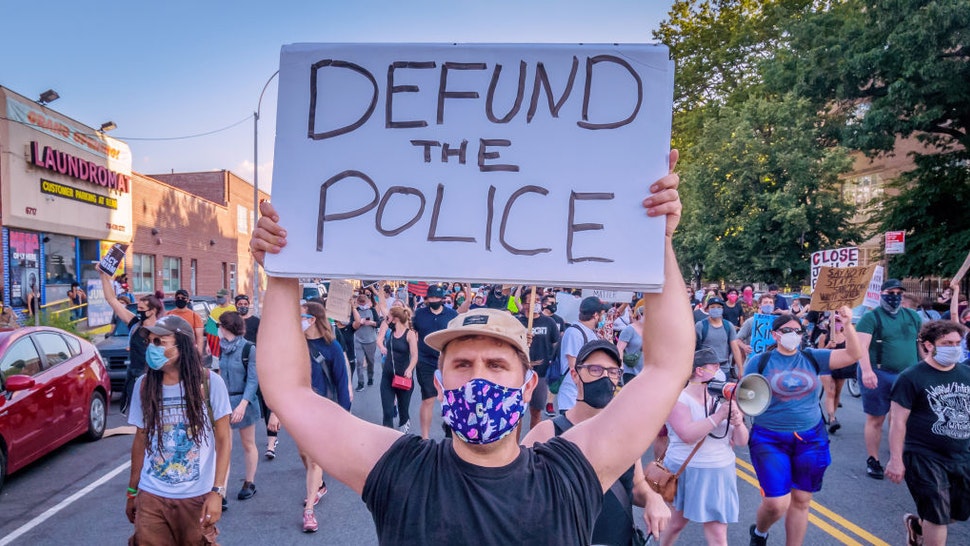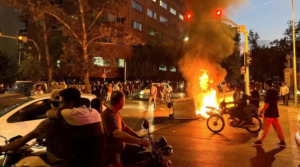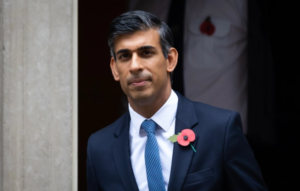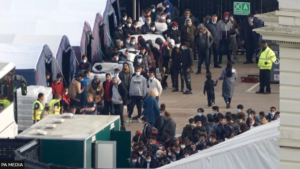‘Defund The Police’ -Murders, Gun Violence Increased In These Cities

Murders Gun Violence Increased In These 6 Major Cities As Defund The Police’ Went Mainstream
‘Defund The Police’ -Murders, Gun Violence Increased In These 6 Major Cities The national numbers for murder and other types of violent crime rarely move in opposite directions.
Overall crime is down 5.3 percent in 25 large American cities relative to the same period in 2019, with violent crime down 2 percent.
But murder in these 25 cities is up 16.1 percent in relation to last year. It’s not just a handful of cities driving this change, either. Property crime is down in 18 of the 25 sampled cities, and violent crime is down in 11 of them, but murder is up in 20 of the cities.
The F.B.I. doesn’t supply recent crime statistics, so we collected Uniform Crime Report (U.C.R.) data for these cities (each with over 250,000 people), which reported data at least through the end of May. Crime in the report is divided into violent crime — murder, aggravated assault, rape and robbery — and property crimeposed of theft, auto theft and burglary.
Homicides usually rise in the summer, which coincided this year with many people emerging from pandemic lockdown. In one recent weekend in Chicago, 14 people were killed and at least 106 people were shot, the most in eight years.
And as The New York Times reported recently: “It has been nearly a quarter century since New York City experienced as much gun violence in the month of June as it has seen this year.” (On Sunday, there were at least nine killings in the city.)
An additional 11 cities provide year-to-date murder data. Murder is up 21.8 percent in all 36 cities with 2020 data through at least May, with 29 of those cities seeing an increase this year relative to last year.
How often do murder and other types of violent crime move in opposite directions? There have been only four years since 1960 (1993, 2000, 2002 and 2003) when murder increased but overall violent crime decreased nationally, and the increase in murder was small in each of those years. The average absolute difference between the national change in murder and violent crime since 1990 has been just 2.2 percent, so a big increase in murder nationally while violent crime falls is almost unheard-of.
But this year has been distinct in many ways, because of the pandemic and because of the protests and civil unrest after the death of George Floyd in police custody.
Jerry Ratcliffe, a professor of criminal justice at Temple University and host of the Reducing Crime podcast, has cautioned against comparing crime figures in one year with the previous year. This year’s upheaval may be even more reason to be cautious.
Read Also – Mahmood Ahmadu Features in Dele Momodu’s Thisday Newspaper Article
Identifying the trend in murder statistics is relatively easy. Understanding why it is happening and what can be done about it is much harder.
Phillip Atiba Goff, co-founder and C.E.O. of the Center for Policing Equity, points to increased domestic violence as one possible cause of the increase in murder. “The first explanation that I have is that this comes from people being locked inside (during quarantines) and a lack of social services,” he said. “All those things are things that we would expect to lead to higher rates of violence. That’s speculation, though. I have no evidence that that’s the right thing other than the rise in calls for domestic violence.”
Mr. Ratcliffe agrees that increased domestic violence may be playing a role. He also hypothesizes that “Covid-19 could have reduced the market and opportunities for recreational drug use/dealing, which puts stress on the drug markets and increases violence.”
“If that is one of the causes, then we might see those tensions ease as lockdowns are relieved,” he said.
Jennifer Doleac, associate professor of economics and director of the Justice Tech Lab at Texas A&M, said: “People are worried about increasing domestic violence, and that could certainly lead to increases in homicide. Any kind of crime where most of it is between strangers or requires people being out and about would be down, and homicide is usually between people who know each other, so it might be affected differently.”





